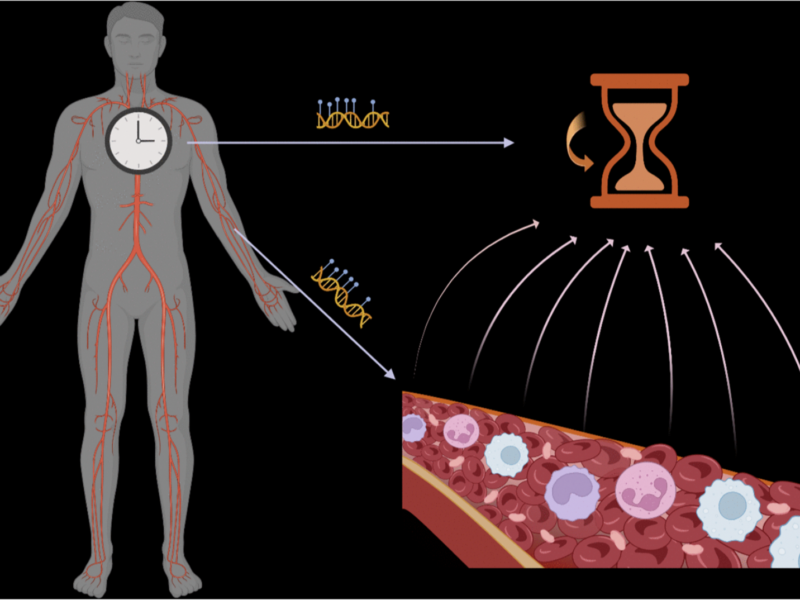PRESS RELEASE – A new editorial was published in Aging (listed by MEDLINE/PubMed as “Aging (Albany NY)” and “Aging-US” by Web of Science), Volume 16, Issue 14 on July 17, 2024, entitled, “Recalibrate concepts of epigenetic aging clocks in human health.”
Aging (Aging-US) Authors
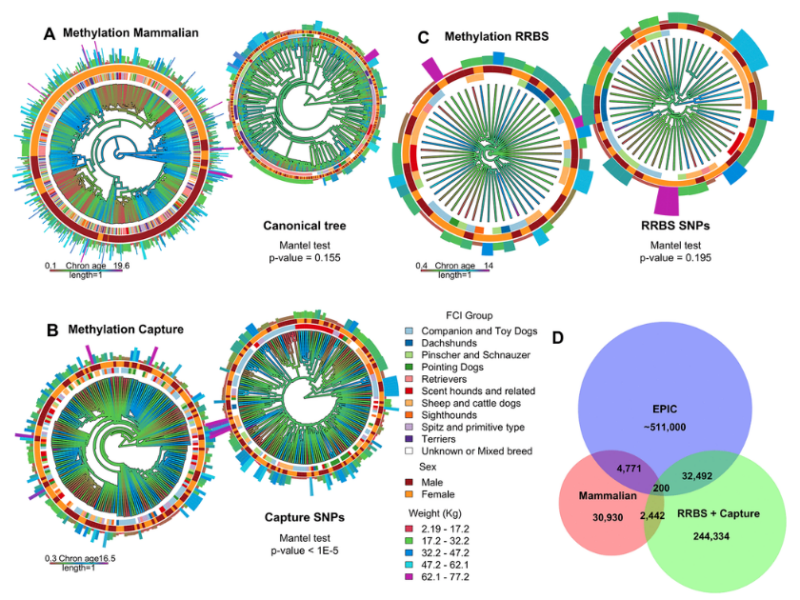
PRESS RELEASE: A new research paper was published in Aging’s Volume 16, Issue 13, entitled, “Co-analysis of methylation platforms for signatures of biological aging in the domestic dog reveals previously unexplored confounding factors.”
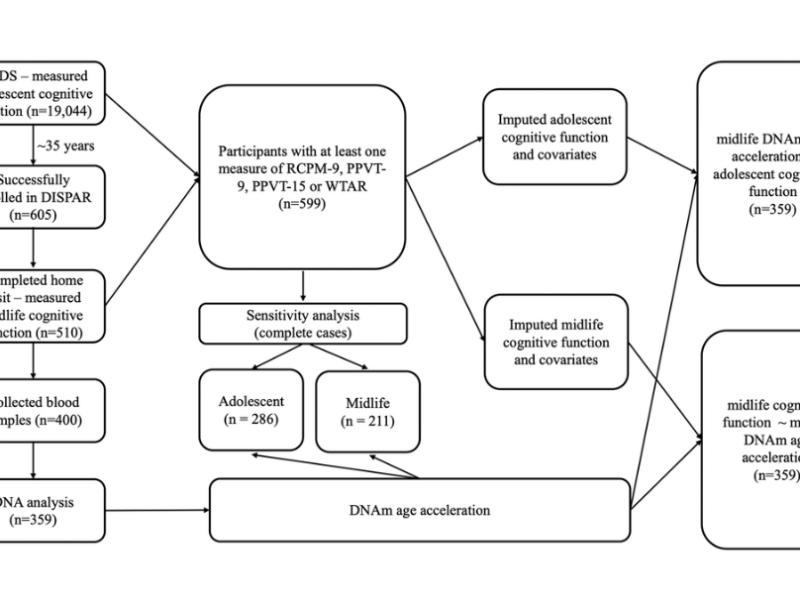
PRESS RELEASE: A new research paper was published in Aging’s Volume 16, Issue 11, entitled, “Associations of childhood, adolescence, and midlife cognitive function with DNA methylation age acceleration in midlife.”
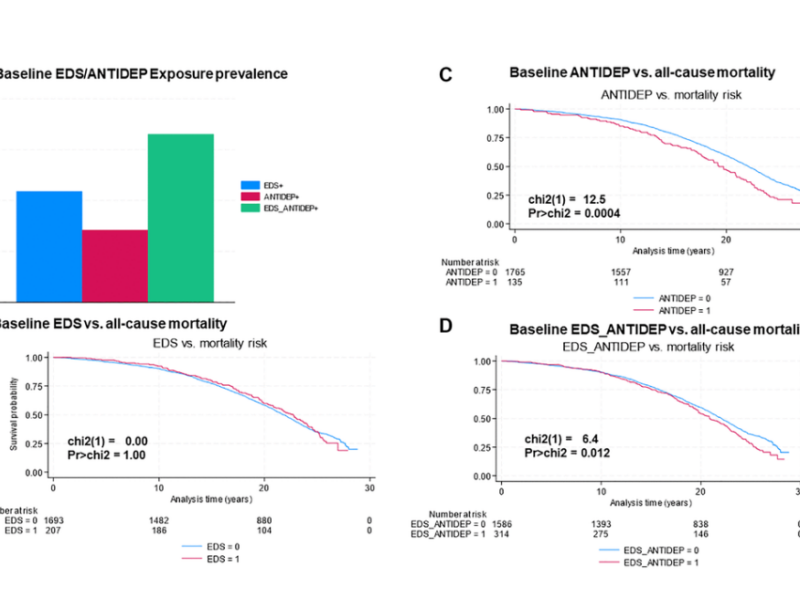
PRESS RELEASE: A new research paper was published in Aging’s Volume 16, Issue 10, entitled, “Relationships of depression and antidepressant use with epigenetic age acceleration and all-cause mortality among postmenopausal women.”
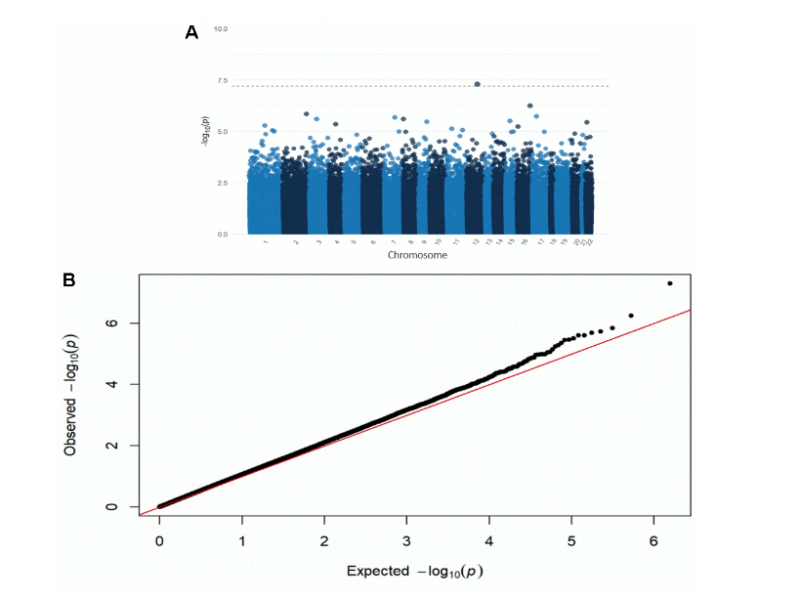
PRESS RELEASE: A new research paper was published in Aging’s Volume 16, Issue 8, entitled, “The association between neighborhood deprivation and DNA methylation in an autopsy cohort.”
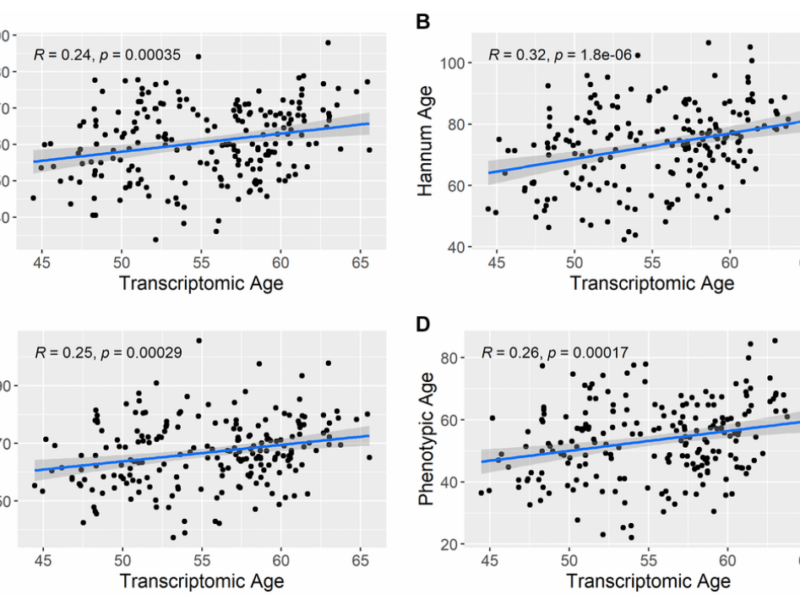
PRESS RELEASE: A new research paper was published in Aging’s Volume 16, Issue 8, entitled, “Associations among NMR-measured inflammatory and metabolic biomarkers and accelerated aging in cardiac catheterization patients.”
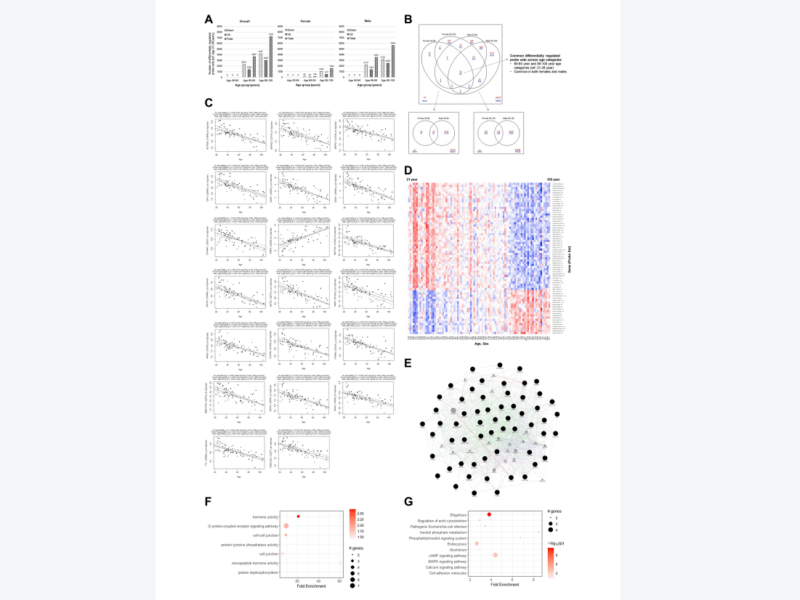
PRESS RELEASE: A new research paper was published on the cover of Aging’s Volume 16, Issue 5, entitled, “Genome-wide transcriptome profiling and development of age prediction models in the human brain.”

PRESS RELEASE: A new research paper was published in Aging’s Volume 16, Issue 4, entitled, “Exploring the effects of Dasatinib, Quercetin, and Fisetin on DNA methylation clocks: a longitudinal study on senolytic interventions.”
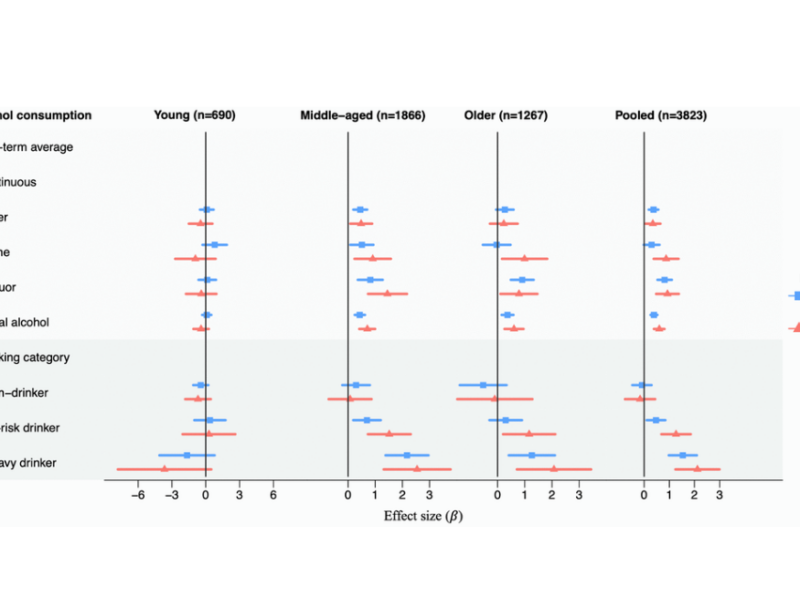
PRESS RELEASE: A new research paper was published in Aging’s Volume 15, Issue 20, entitled, “Alcohol consumption and epigenetic age acceleration across human adulthood.”
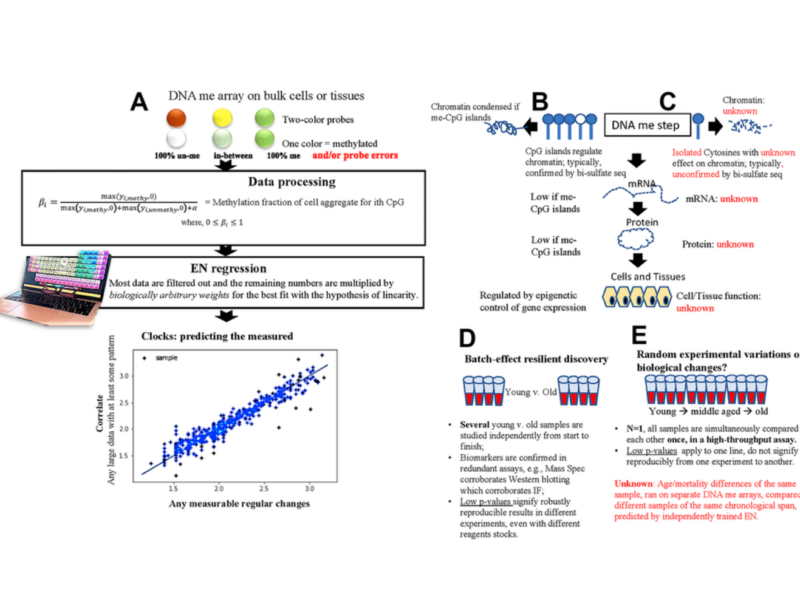
PRESS RELEASE: A new priority research paper was published on the cover of Aging’s Volume 15, Issue 17, entitled, “Fail-tests of DNA methylation clocks, and development of a noise barometer for measuring epigenetic pressure of aging and disease.”
